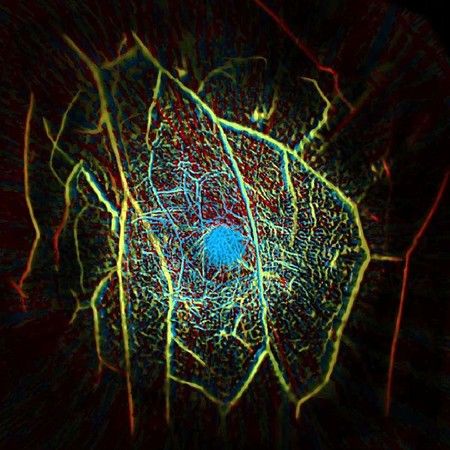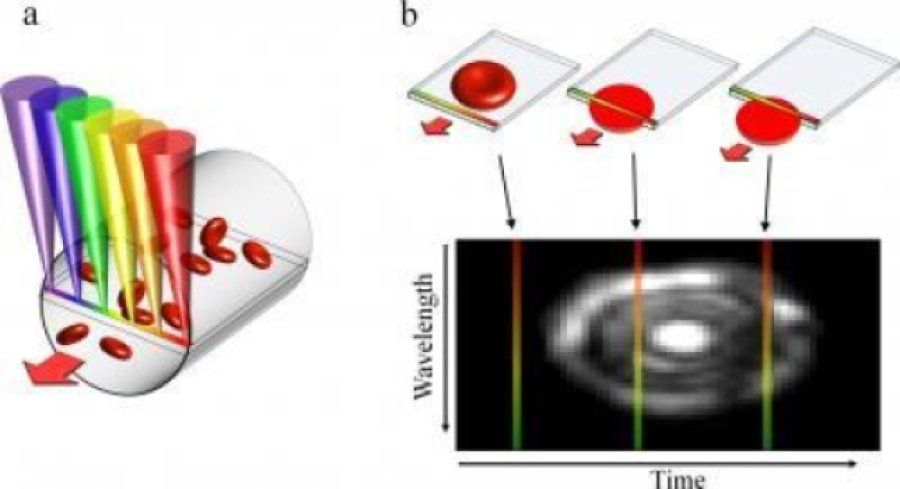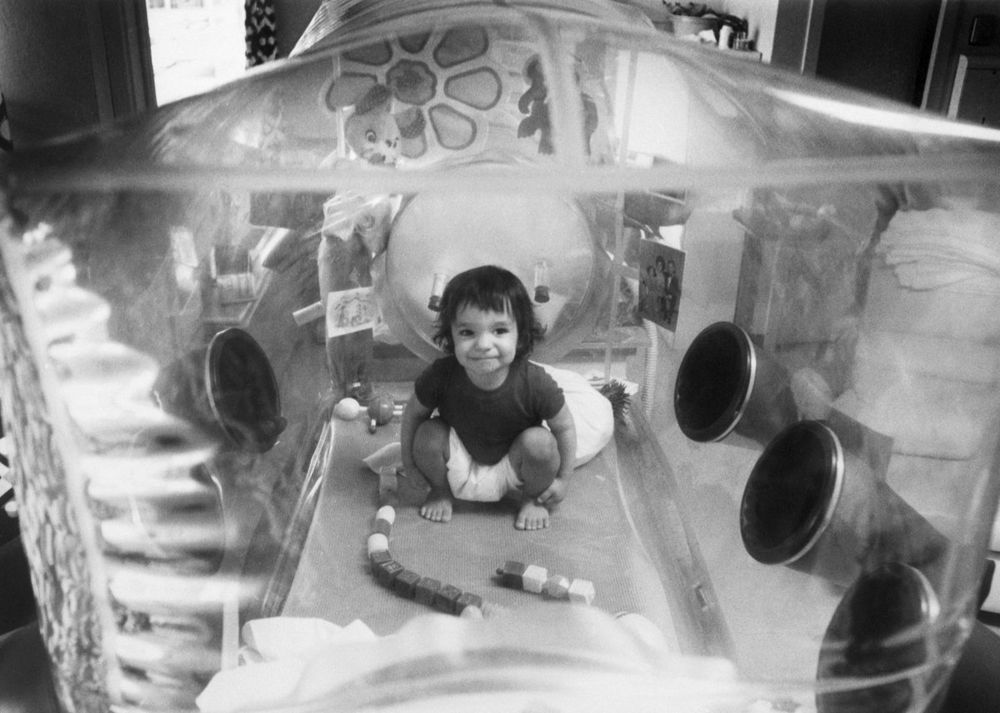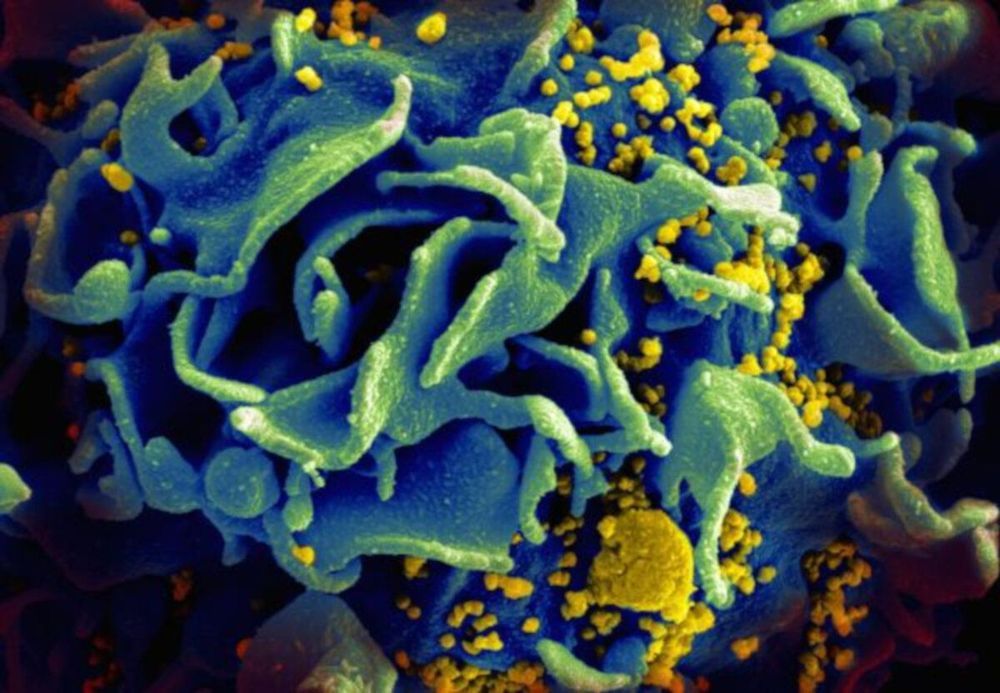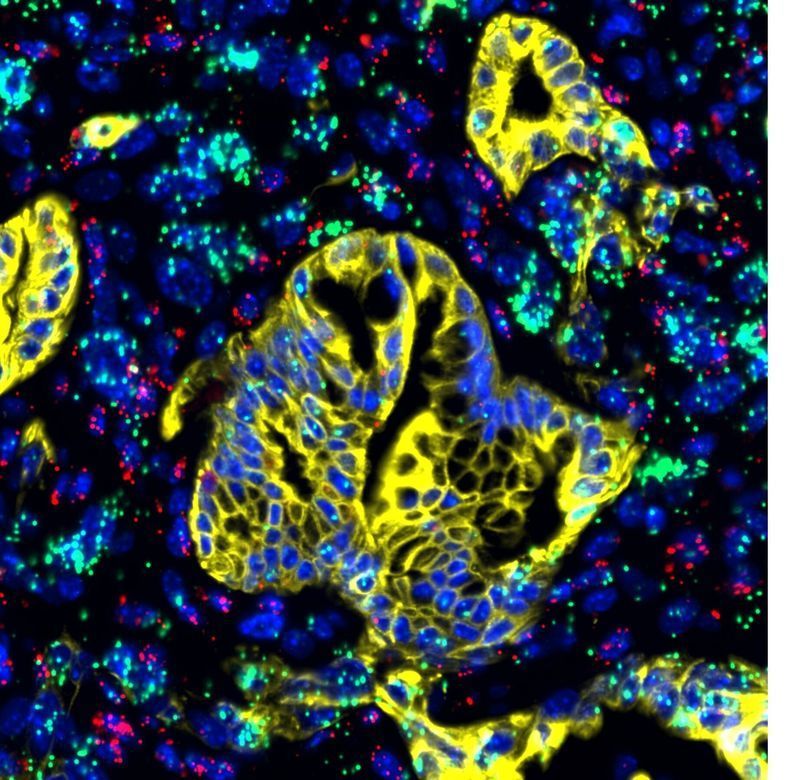Lying within our muscles are stem cells, invisible engines that drive the tissue’s growth and repair. Understanding the signal(s) that direct muscle stem cells to spring into action could uncover new ways to promote muscle growth. However, these mechanisms are poorly understood.
Now, scientists from Sanford Burnham Prebys have uncovered a molecular signaling pathway involving Stat3 and Fam3a proteins that regulates how muscle stem cells decide whether to self-renew or differentiate—an insight that could lead to muscle-boosting therapeutics for muscular dystrophies or age-related muscle decline. The study was published in Nature Communications.
“Muscle stem cells can ‘burn out’ trying to regenerate tissue during the natural aging process or due to chronic muscle disease,” says Alessandra Sacco, Ph.D., senior author of the paper and associate professor in the Development, Aging and Regeneration Program at Sanford Burnham Prebys. “We believe we have found promising drug targets that direct muscle stem cells to ‘make the right decision’ and stimulate muscle repair, potentially helping muscle tissue regeneration and maintaining tissue function in chronic conditions such as muscular dystrophy and aging.”

